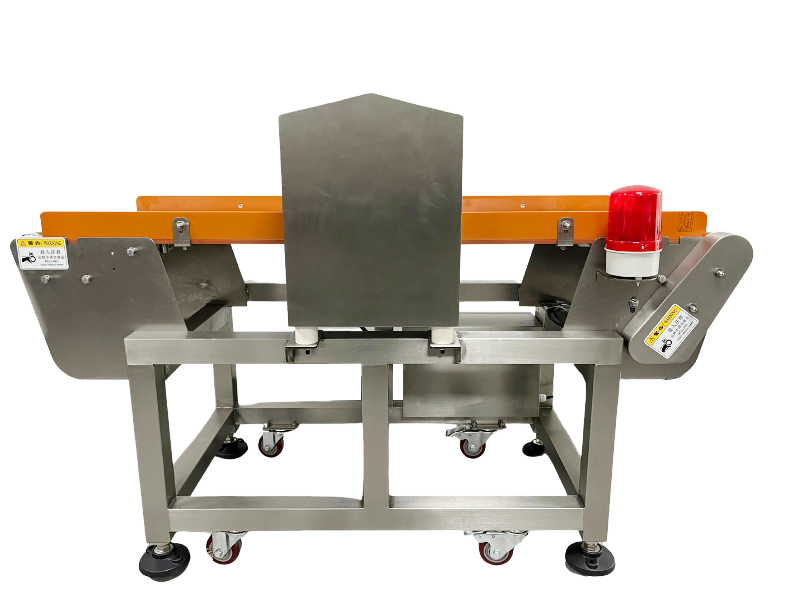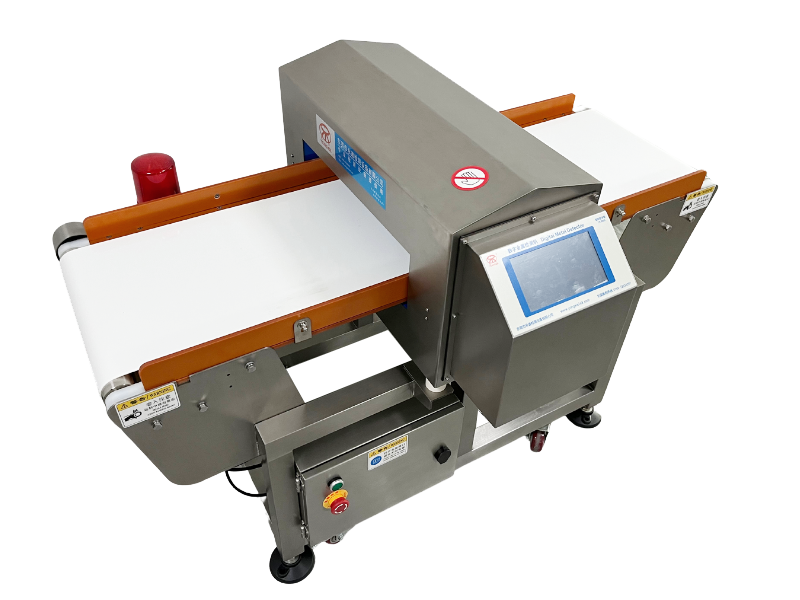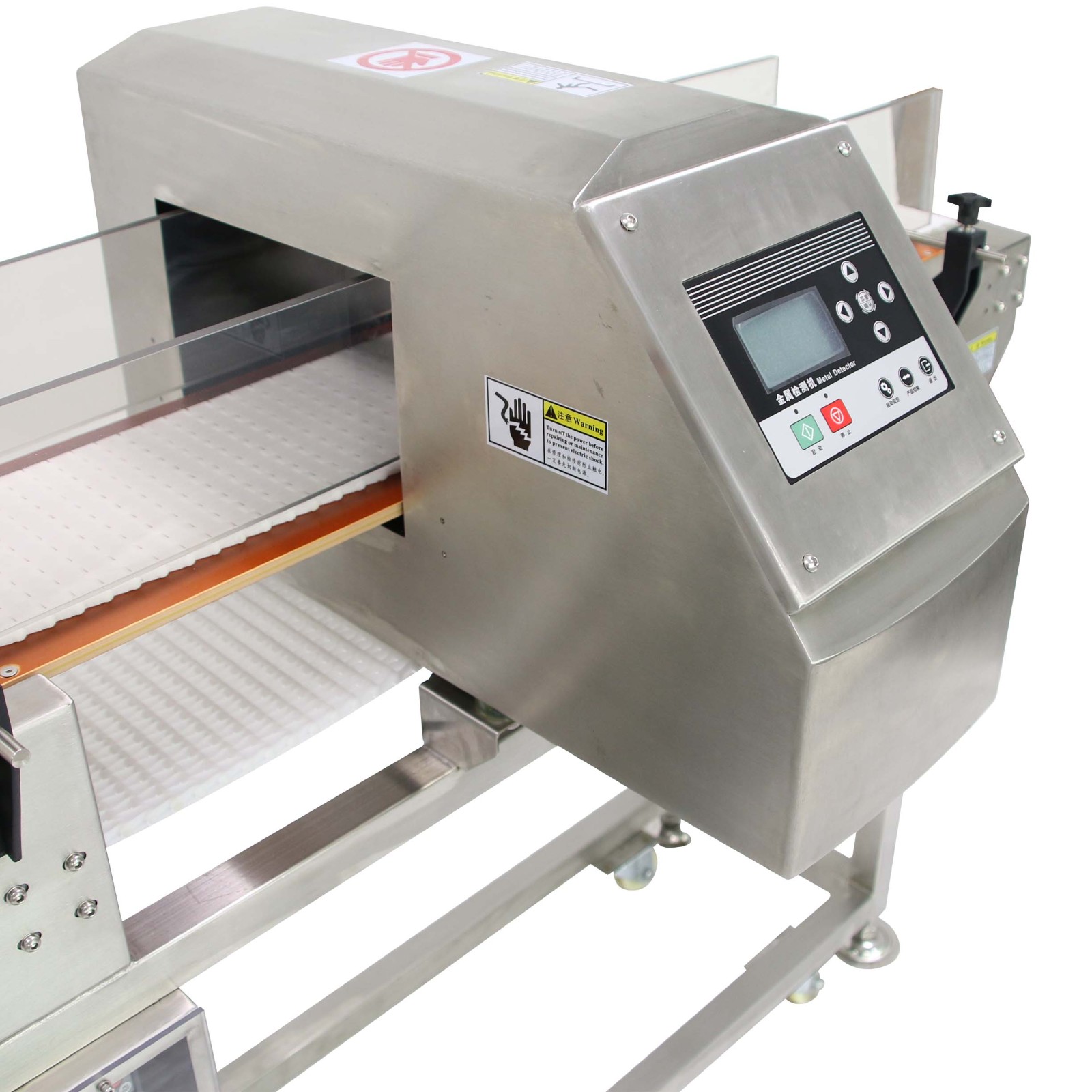Metal Detector for packed products
Understanding the Importance of Metal Detection in Packed Products
When it comes to food safety, metal detection plays a critical role in ensuring that packed products are free from metal contaminants. Metal contaminants can enter the product during the production process, such as through broken machinery, wear and tear of equipment, or even through the raw materials used in production.
In packed products, metal detection is especially crucial as the presence of a metal contaminant may not be visible to the naked eye. Metal contaminants in packed products can lead to costly recalls, brand damage, and even harm to consumers.
How Metal Detectors for Packed Products Work
Metal detectors for packed products work by using an electromagnetic field to detect the presence of metal contaminants. The metal detector sends out a signal to the product, and if there is a metal contaminant present, the signal will be disrupted, and an alarm will be triggered.
Packed products can come in a variety of shapes and sizes, and metal detectors need to be configured to the specific product being inspected. This includes factors such as the product’s density, packaging material, and size.
Types of Metal Detectors for Packed Products
There are several types of metal detectors that can be used for packed products, including:
Conveyor Metal Detectors: Conveyor metal detectors are ideal for high-volume production lines as they can detect metal contaminants in continuous streams of product. Conveyor metal detectors can be customized to fit various product sizes and shapes.
Vertical Metal Detectors: Vertical metal detectors are designed to detect metal contaminants in vertical or standing pouches, bottles, and cans. These types of metal detectors can be integrated into existing production lines and are easy to operate.
X-Ray Metal Detectors: X-ray metal detectors use high-energy x-rays to detect metal contaminants. X-ray metal detectors can detect smaller metal contaminants than other metal detectors and can even detect some non-metal contaminants like bone, glass, and stone.
Benefits of Metal Detectors for Packed Products
Using metal detectors for packed products can provide several benefits, including:
Ensuring product safety: Metal detectors can detect metal contaminants that can be harmful to consumers, ensuring the safety of the product.
Reducing product waste: By detecting metal contaminants early in the production process, metal detectors can help reduce product waste and prevent costly recalls.
Protecting brand reputation: Detecting metal contaminants before they reach consumers can help protect a brand’s reputation and prevent damage to the company’s image.
Choosing the Right Metal Detector for Packed Products
Choosing the right metal detector for packed products depends on several factors, including the product being inspected, the production line’s speed, and the packaging material.
At DGviking , we offer a range of customizable metal detection solutions for packed products. Our team of experienced engineers can work with you to design and implement a metal detection system that meets your specific product and production requirements.
From conveyor metal detectors to x-ray metal detectors, our metal detection systems can help ensure product safety, reduce waste, and protect your brand reputation. Contact us today to learn more about our metal detection solutions for packed products.
A metal detector for packed products is a crucial component of quality control in the packaging process. It is designed to detect and reject metallic contaminants in packaged food products, such as snacks, cereals, and other packaged goods. The system typically consists of a conveyor belt, metal detection head, reject system, and control panel.
Here are some technical details of a typical metal detector for packed products:
Sensitivity: The sensitivity of the metal detector is a critical factor in detecting metal contaminants. It should be set according to the product being inspected to ensure that it can detect even the smallest metal particles.
Metal detection head: The metal detection head is the component that detects the presence of metal in the product. It typically consists of a transmitter coil and a receiver coil, which create an electromagnetic field that can detect any metal contaminants in the product.
Conveyor belt: The conveyor belt is used to move the packed products through the metal detection head. The speed of the conveyor belt can be adjusted to match the production speed of the packaging line.
Reject system: If a metal contaminant is detected in the product, the reject system is activated, and the contaminated product is automatically removed from the production line. The reject system can be set to remove the contaminated product by either diverting it into a reject bin or stopping the conveyor belt altogether.
Control panel: The control panel is the central hub of the metal detector system. It allows operators to set and adjust the sensitivity of the system, control the speed of the conveyor belt, and monitor the performance of the system.
Product handling: The metal detector for packed products should be designed to handle a wide range of product sizes and shapes, including various types of packaging, such as bags, boxes, and trays.
Validation and calibration: The metal detector system should be regularly validated and calibrated to ensure that it is functioning correctly and detecting metal contaminants accurately.
In conclusion, a metal detector for packed products is an essential tool for ensuring product safety and quality in the food packaging industry. By detecting and removing metal contaminants from packaged food products, manufacturers can reduce the risk of harm to consumers and protect their brand reputation.




